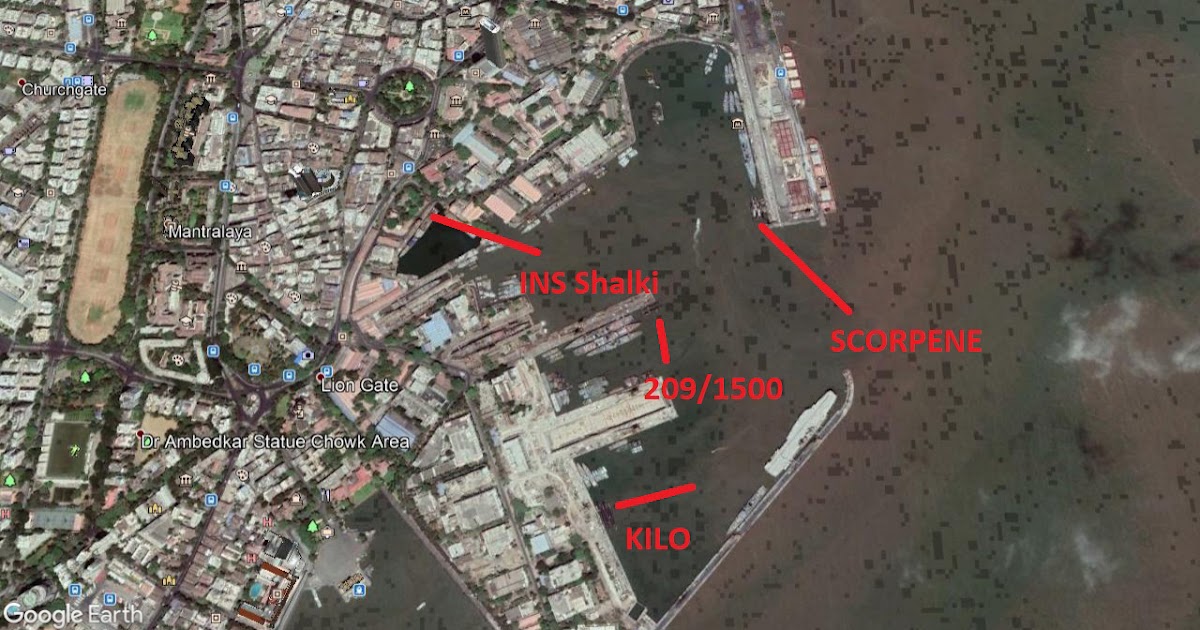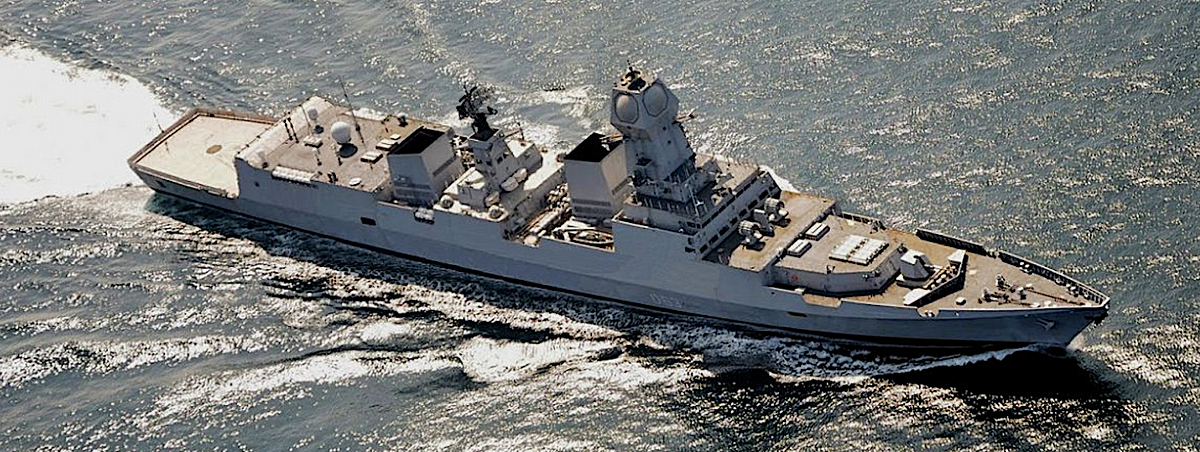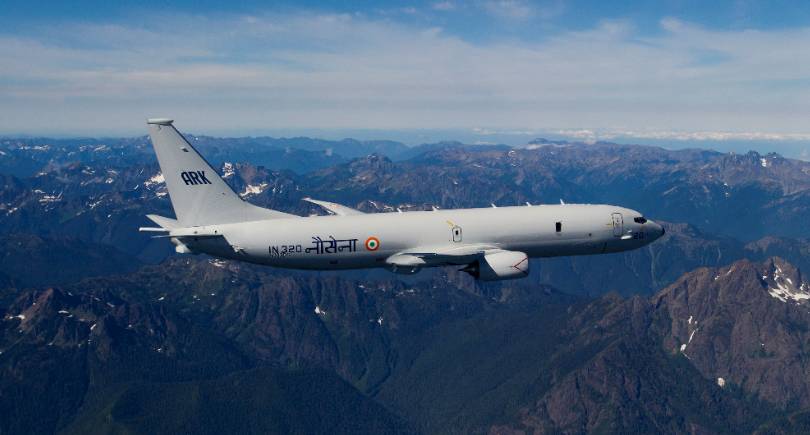It is given in the article:
Take, for instance, the delivery schedule of the fourth Project 28 ASW guided-missile corvette—INS Kavaratti P-31, which was handed over by the MoD-owned, Kolkata-based Garden Reach Shipbuilders & Engineers Ltd (GRSE) to the IN on February 18, 2020. This corvette’s keel-laying had taken place on January 20, 2012, followed by hull-launch on May 19, 2015. Yet, it took more than five years for this vessels to be service-inducted (on October 22, 2020).
The first three in the series, INS Kamorta P-28 (whose metal-cutting began on March 1, 2006; keel-laying took place on November 20, 2006; the hull was launched on April 19, 2010; her maiden sea-trial took place in June 2013; was handed over to the IN on July 12, 2014; and she was commissioned on August 23, 2014), INS Kadmatt P-29 (keel-laying on September 27, 2007; hull-launching on October 25, 2011; and commissioned on January 7, 2016) and INS Kiltan P-30 (keel-laying on August 10, 2010; hull-launch on March 26, 2013 and commissioned on October 16, 2017) took between seven and nine years to be delivered.
The principal reason for such delayed deliveries was a critical miscalculation by the DND of the warship design’s displacement and weight, which had led to the first three corvettes becoming top-heavy and consequently a laborious and time-consuming weight-shedding effort had to be carried out by GRSE.
==========
It is not really GRSE (shipyard) efficiency issue...but rather the higher level design stage by DND (directorate naval design) babus and project management there.
It is a good article, it talks about other projects too. When you have large resource projects you need things to mesh like a well tuned car transmission (A need to sync with B and sync with C etc)...otherwise gears end up grinding and thats a problem of cost and time....especially given in lot of projects they dont seem to get you need to freeze the design (esp whatever is non-modular) and commit to it rather than constantly messing around on what you want it to have.

















